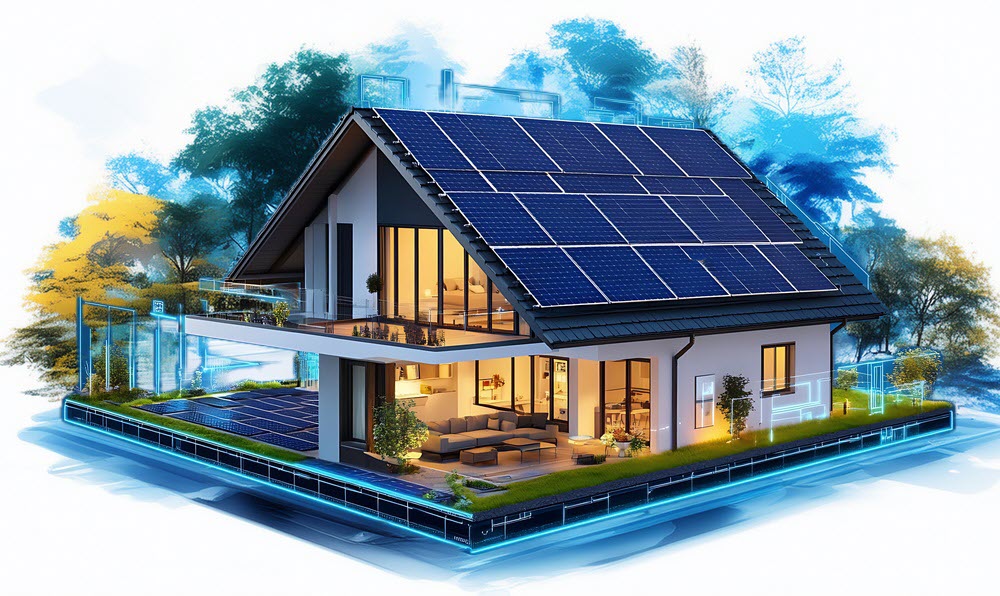 How to Avoid Last-Minute Pitfalls to Claim the 30% Solar Tax Credit
How to Avoid Last-Minute Pitfalls to Claim the 30% Solar Tax Credit
The countdown is on for homeowners considering solar. With the One Big Beautiful Act (OBBA) reshaping the clean energy landscape, the 30% Residential Clean Energy Credit will expire after December 31, 2025. For families looking to capture maximum savings, waiting until the last minute could mean missed opportunities, costly delays, or stalled projects. Residential installers are already booking projects into December, and system demand is rising as the deadline approaches. Homeowners who act now can secure their place in line while avoiding common pitfalls that disrupt quick and efficient installations (IRS, 2024; SEIA, 2024).
Understand Solar Energy System Installation Permitting & Inspection Timelines
One of the most overlooked hurdles in residential solar installation is permitting. Each jurisdiction has unique requirements, from structural reviews to fire safety approvals. In some areas, permitting backlogs can stretch for weeks. Pair that with required inspections after installation, and delays become almost inevitable for homeowners who wait too long to begin (U.S. Department of Energy [DOE], 2024). Preparing early allows time to navigate these steps without jeopardizing eligibility for tax incentives.
Secure Financing and Paperwork Early
Another critical factor is financing. Solar loans and financing agreements often require additional documentation, such as proof of homeownership, credit verification, or income review. Delays in this stage can slow the entire project. By securing financing upfront, homeowners give installers the confidence to schedule equipment orders and lock in installation dates. With interest rates fluctuating, financing sooner also helps homeowners avoid future cost uncertainty (SEIA, 2024).
Address Home Electrical Readiness
Many homes, particularly those built before the 1990s, may require electrical panel upgrades to handle the load of a solar-plus-storage system. This often involves coordination with local utilities, which can add weeks to the timeline. Homeowners should proactively ask their installer whether upgrades are likely and plan accordingly. Addressing this early ensures a smooth integration of hybrid inverters and 48V battery storage without project interruptions (DOE, 2024).
Plan for Supply Chain and Equipment Lead Times
The rapid growth of solar adoption means that certain components, such as hybrid inverters and high-capacity batteries, are in high demand. Although supply chains have stabilized since the pandemic, spikes in orders ahead of deadlines like the OBBA can still stretch delivery timelines. Working with an installer early helps ensure equipment is reserved and ready when needed, minimizing the risk of last-minute shortages (IEA, 2024).
Partner with Experienced Solar Installers
The most important step homeowners can take is finding a trusted installer. With installer calendars already filling up, waiting until the last quarter of 2025 could mean losing access to the 30% credit altogether. Homeowners should seek out certified professionals who have experience with both grid-tied and off-grid solar-plus-storage projects. Sol-Ark maintains an Authorized Installer Corp Program that connects homeowners with qualified solar installers across the country.
Quick Solar Energy System Installation Readiness Checklist
- Confirm your eligibility for the 30% Residential Clean Energy Credit (IRS Section 25D).
- Begin permitting applications early to account for local review and inspection delays.
- Secure financing and complete required paperwork (loan, credit, proof of ownership).
- Ask your installer if your home’s electrical panel needs upgrades.
- Reserve solar-plus-storage equipment before supply shortages increase.
- Schedule an installer now, as many are booking into late 2025.
- Use Sol-Ark’s Authorized Installer Map to find a trusted professional.
References
Internal Revenue Service. (2024). Residential clean energy credit (section 25D). https://www.irs.gov/credits-deductions/residential-clean-energy-credit
International Energy Agency. (2024). Renewables 2024: Analysis and forecast to 2028. https://www.iea.org/reports/renewables-2024
Solar Energy Industries Association. (2024). Residential solar installation trends. https://www.seia.org
U.S. Department of Energy. (2024). Permitting, inspection, and interconnection in residential solar projects. https://www.energy.gov
